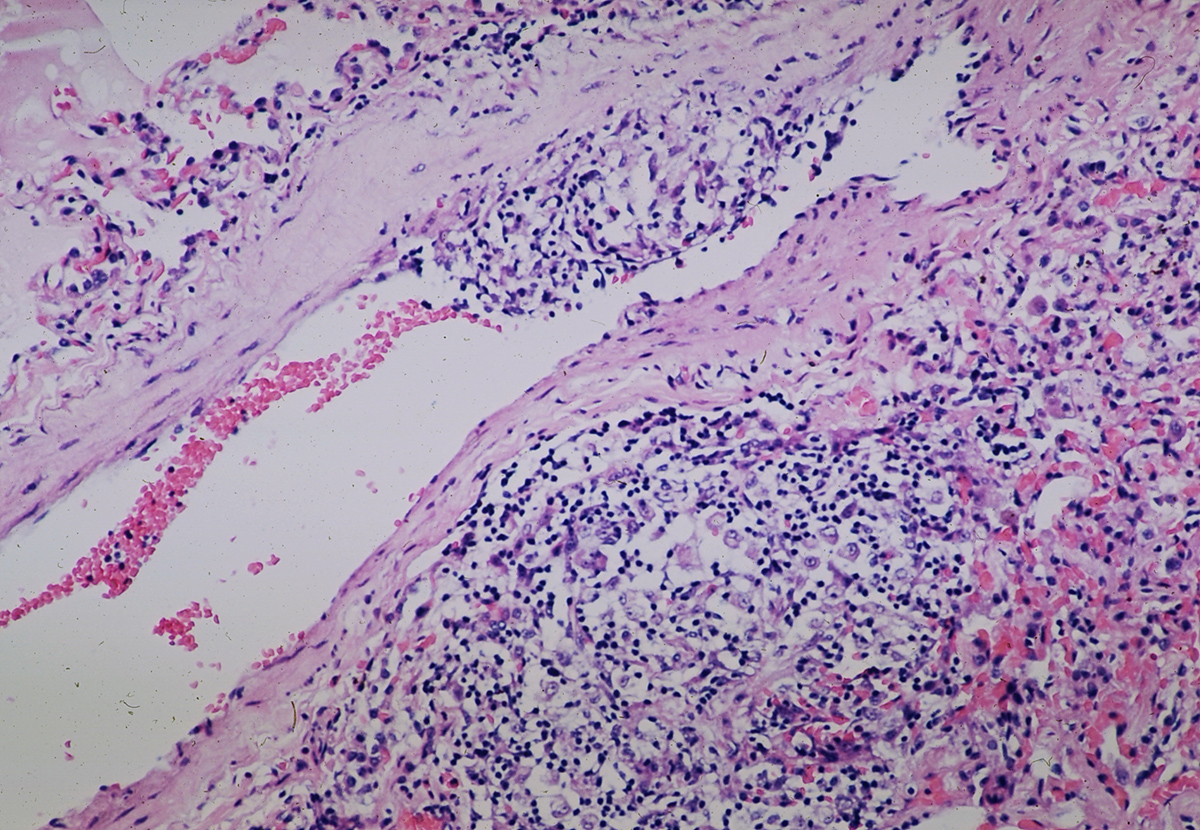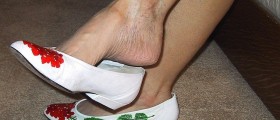
Phlebitis and Thromophlebitis - Overview
Phlebitis is a medical term for inflammation of a vein. Phlebitis can be classified as superficial and deep depending on which group of veins it affects. Thrombophlebitis refers to two processes, inflammation of a vein and accompanying formation of blood clots inside the inflamed vein.
Thrombophlebitis predominantly affects veins in legs. However, this condition may also affect veins in the arms. Both phlebitis and thrombophlebitis can be classified into superficial and deep vein phlebitis/thromophlebitis. Unlike superficial form of the disease in deep vein thrombophlebitis there is always a chance that blood clot will detach and be carried to certain organs leading to blockage and causing serious complications. This is why deep vein phlebitis and thrombophlebitis require medical evaluation and proper treatment.
Phlebitis may develop spontaneously or it can be induced by certain surgical procedures. Injury or local trauma to the vein is the leading causes of phlebitis and potential thrombophlebitis. As for deep vein phlebitis/ thrombophlebitis the most significant risk factor is prolonged lying in bed (especially after surgery) and prolonged inactivity (sitting during long trips in a car or airplane). Additional risk factors include sedentary lifestyle, pregnancy, being overweight, heavy smoking, birth control pills, cancers, medical conditions which include problems with coagulation, trauma to the extremities and varicose veins.
Superficial Phlebitis
In superficial phlebitis symptoms arise slowly. The skin over the inflamed vein is tender to touch and erythematous. The affected vein and surrounding area is warm and the very vein is hard to touch. The affected extremity may be swollen. The symptoms become worse if the extremity is lowered and in the morning during getting out of bed. Some patients may develop slightly increased body temperature.
Deep Vein Thrombophlebitis
Some patients may be asymptomatic while others tend to experience symptoms similar to those in superficial inflammation of veins. The affected extremity is swollen, warm and tender to touch. The pain can be rather intensive and is localized inside the affected extremity.
Treatment for Phlebitis and Thrombophlebitis
In mild cases patients are advised to be active, to walk and avoid sitting, and prolonged lying in bed. The activity will increase the blood flow in all veins including the affected one. This activity additionally prevents formation of blood clots. If the patient is lying he/ she should elevate the extremity. Inflammation and pain are reduced by anti-inflammatory medications such as ibuprofen. Swelling can be alleviated by compression stockings.
Patients with superficial phlebitis are never held in a hospital. They have to stick to the previously mentioned activities and the symptoms will eventually withdraw. Only if there are symptoms and signs of infection patients are prescribed antibiotics.
In case of deep vein thrombosis patients may require anticoagulants. The doctor will decide for the best medication to prevent hypercoagulation of the blood.

















Your thoughts on this
Loading...